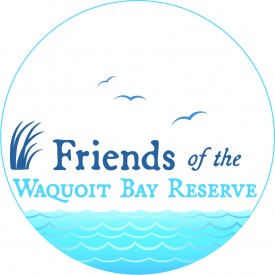Project Title: Exploring the Role of Geukensia demissa in Carbon Sequestration
Duration: 8/2025-9/2025
Funding Source(s): ORISE / NECASC supported research
Principal Investigator(s), Julie Walker (NECASC) juliewalker@umass.edu, Erin Peck (URI) erin.peck@uri.edu
Affiliation: Northeast Climate Adaptation Science Center
Project Description: We propose an interdisciplinary approach to explore the role of mollusks in the global C cycle, using Geukensia demissa (ribbed mussels) as a study organism to pilot methods to be applied to other coastal systems containing shellbuilding mollusks. Mollusks sequester inorganic C via biomineralization through the formation of calcium carbonate shells. Calcium carbonate is a more stable form of C than organic C in soils or living biomass, with a residence time in the order of millennia. Still, the amount of calcium carbonate stored in salt marsh sediments over time has yet to be adequately explored. In addition to the inorganic C storage capacity through biomineralization, mussels may contribute significantly to stored organic C through sediment deposition. Ribbed mussels create a large amount of feces and psuedofeces, resulting in increased sedimentation and production of cordgrass via fertilization. With mussel mounds often being persistent on the marsh platform these structures likely have an enduring influence on sediment dynamics. To expound upon the sources and longevity of the C sequestered by ribbed mussels we propose to address three questions: (1) What are the inorganic and organic C contents of salt marsh sediment near mussel mounds, (2) what are the source contributions to inorganic and organic C salt marsh sediment, and (3) how do these source contributions change with depth and time over the last century?

